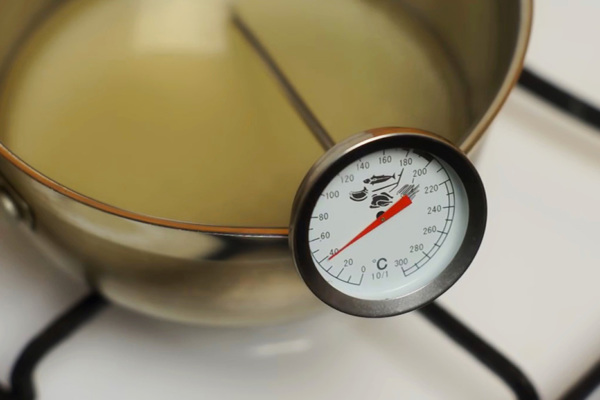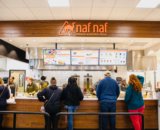There are no shortcuts when it comes to protecting yourself and your customers from foodborne illnesses. Food safety is critical, and there are several ways operators can protect themselves and their businesses from an outbreak of Salmonella or Clostridium perfringens, a type of bacteria from food stored at improper temperatures or left out too long at improper temperatures.
You can immediately improve safety by raising awareness of the issue with your staff and providing proper training. Focusing on food safety not only protects your customers, but also ensures you’re not faced with negative publicity.
If an outbreak tied to your business occurs, it is likely the media will swarm all over the situation, and they really should as they have a responsibility to report on unsafe situations just like you have a responsibility to make sure you sell food that is free from contamination.
Even if the situation doesn’t reach the media, customers can report bad situations easily with social media today. No one wants to lose their customers’ trust, be on the receiving end of negative publicity or, even worse, fail to protect those who do business with you.
Foodborne illness, or food poisoning, affects about one in six people every year. The Centers for Disease Control and Prevention (CDC) Trusted Source estimates that of these cases, there are 128,000 hospitalizations and 3,000 deaths annually.
You can get food poisoning when your food carries dangerous germs or toxins. Salmonella is the most common known cause of hospitalization due to food poisoning in the United States.
This pathogen, along with others, can get into your food through:
- improper food handling;
- unsafe practices on farms;
- contamination during manufacturing or distributing;
- contamination in stores.
Proper food handling begins with having educated staff. In most instances your city, county or state may require food safety training and certification offered by ServSafe or your local municipality. These courses offer proper food handling procedures, personal hygiene, risk assessment, proper dating and labeling, temp logging, etc.
Even if your local regulatory agency does not require ServSafe certification, it is highly recommended you have all employees that handle food certified in proper handling.
ServSafe also offers additional food handling training for managers, which will drive competency within your company on proper training, logging, dating, etc. That ensures one can manage the process with accuracy and efficiency.
With more and more businesses trying to cash in on the increased food sales with grab-n-go or other offerings, it is more important than ever to make sure you are doing it right or you will likely wish you never did it at all!
One will need to simply understand that there is going to be waste in the food service business. As a result, it takes careful planning to help minimize that waste by having adequate product available at busy times and minimizing while appearing full during slow periods. You must price waste into your food costing formula when setting retail pricing.
Subscribe to Updates
NATSO provides a breadth of information created to strengthen travel plazas’ ability to meet the needs of the travelling public in an age of disruption. This includes knowledge filled blog posts, articles and publications. If you would like to receive a digest of blog post and articles directly in your inbox, please provide your name, email and the frequency of the updates you want to receive the email digest.



